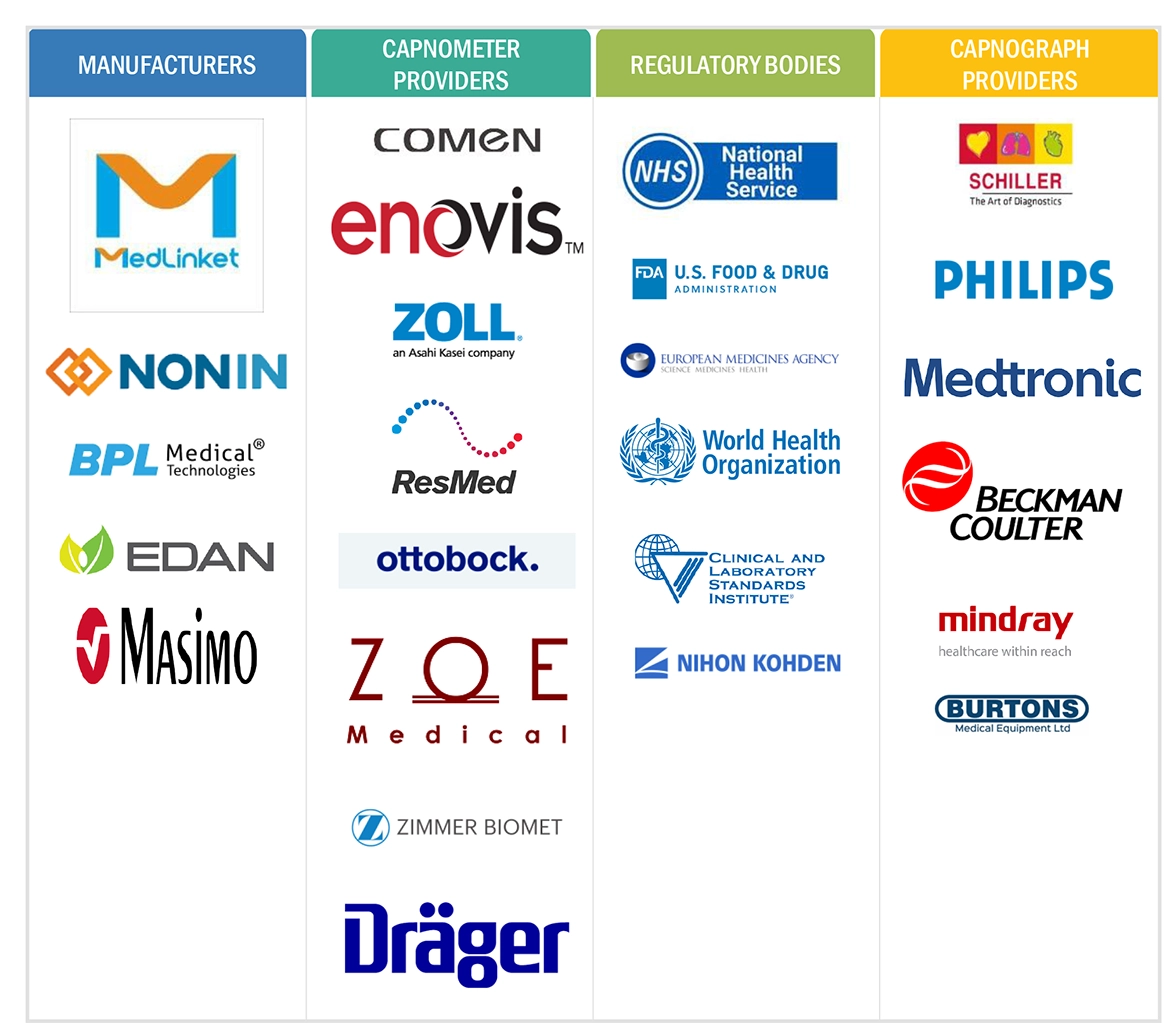The capnography equipment market is experiencing significant growth, driven by technological advancements, increasing prevalence of respiratory diseases, and the rising demand for non-invasive monitoring solutions. For B2B stakeholders, understanding the evolving landscape is crucial for strategic decision-making.
Market Overview
Capnography equipment, including capnograph devices and CO₂ monitoring equipment, has become essential in various medical settings. These devices provide real-time monitoring of end-tidal CO₂ levels, aiding in the assessment of a patient’s ventilatory status. The market encompasses a range of products, from portable capnography systems to advanced respiratory monitoring devices.

Key Players and Competitive Landscape
Leading companies such as Medtronic, Philips, Masimo, GE Healthcare, and Dräger are at the forefront of innovation in capnography equipment. These organizations offer a variety of products, including handheld capnographs, sidestream capnography devices, and microstream capnography systems. Emerging players like Mindray and Nonin Medical are also making significant strides, particularly in developing cost-effective and portable solutions.
Technological Advancements
Recent innovations have led to the development of wearable capnography devices and AI-driven respiratory analytics. Graphene-based sensors are enhancing the sensitivity and efficiency of CO₂ monitors, while eco-friendly medical devices are addressing environmental concerns. These advancements are expanding the applications of capnography equipment beyond traditional settings.
Applications Across Healthcare Settings
Capnography equipment is utilized in various clinical scenarios, including cardiac care monitoring, trauma and emergency care, and respiratory monitoring solutions. Ambulatory surgical centers and home care settings are increasingly adopting these devices, facilitated by telehealth monitoring systems and portable technologies.
Market Drivers and Opportunities
The rising incidence of respiratory conditions such as COPD and asthma is fueling the demand for capnography equipment. Additionally, the shift towards minimally invasive procedures and the emphasis on patient safety are contributing to market growth. B2B stakeholders can explore opportunities in developing wearable capnography devices and integrating AI-driven respiratory analytics into existing systems.
Challenges and Considerations
Despite the positive outlook, challenges such as the high cost of advanced capnography equipment and the need for specialized training can hinder adoption. Regulatory compliance and the integration of new technologies into existing healthcare infrastructures also require careful navigation.
Conclusion
The capnography equipment market presents numerous opportunities for growth and innovation. By staying informed about technological trends and understanding the diverse applications of these devices, B2B stakeholders can make strategic investments and partnerships that align with the evolving needs of the healthcare industry.
